H3K9me1/2 methylation limits the lifespan of daf-2 mutants in C. elegans
- PMID: 36125117
- PMCID: PMC9514849
- DOI: 10.7554/eLife.74812
H3K9me1/2 methylation limits the lifespan of daf-2 mutants in C. elegans
Abstract
Histone methylation plays crucial roles in the development, gene regulation, and maintenance of stem cell pluripotency in mammals. Recent work shows that histone methylation is associated with aging, yet the underlying mechanism remains unclear. In this work, we identified a class of putative histone 3 lysine 9 mono/dimethyltransferase genes (met-2, set-6, set-19, set-20, set-21, set-32, and set-33), mutations in which induce synergistic lifespan extension in the long-lived DAF-2 (insulin growth factor 1 [IGF-1] receptor) mutant in Caenorhabditis elegans. These putative histone methyltransferase plus daf-2 double mutants not only exhibited an average lifespan nearly three times that of wild-type animals and a maximal lifespan of approximately 100 days, but also significantly increased resistance to oxidative and heat stress. Synergistic lifespan extension depends on the transcription factor DAF-16 (FOXO). mRNA-seq experiments revealed that the mRNA levels of DAF-16 Class I genes, which are activated by DAF-16, were further elevated in the daf-2;set double mutants. Among these genes, tts-1, F35E8.7, ins-35, nhr-62, sod-3, asm-2, and Y39G8B.7 are required for the lifespan extension of the daf-2;set-21 double mutant. In addition, treating daf-2 animals with the H3K9me1/2 methyltransferase G9a inhibitor also extends lifespan and increases stress resistance. Therefore, investigation of DAF-2 and H3K9me1/2 deficiency-mediated synergistic longevity will contribute to a better understanding of the molecular mechanisms of aging and therapeutic applications.
Keywords: C. elegans; FOXO transcription factor; aging; chromosomes; epigenetic; gene expression; genetics; genomics; histone methyltransferases; insulin pathway; longevity.
© 2022, Huang, Hong et al.
Conflict of interest statement
MH, MH, XH, CZ, DC, XC, SG, XF No competing interests declared
Figures
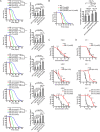

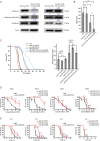
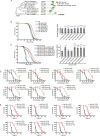

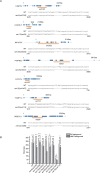


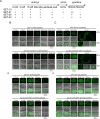
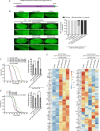


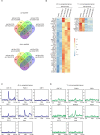
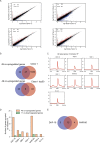
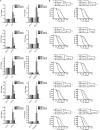

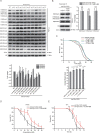

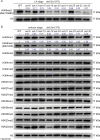
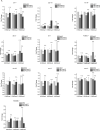
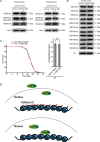
References
-
- Chen D, Li PW-L, Goldstein BA, Cai W, Thomas EL, Chen F, Hubbard AE, Melov S, Kapahi P. Germline signaling mediates the synergistically prolonged longevity produced by double mutations in DAF-2 and rsks-1 in C. elegans. Cell Reports. 2013;5:1600–1610. doi: 10.1016/j.celrep.2013.11.018. - DOI - PMC - PubMed
Publication types
MeSH terms
Substances
LinkOut - more resources
Full Text Sources
Research Materials
Miscellaneous

